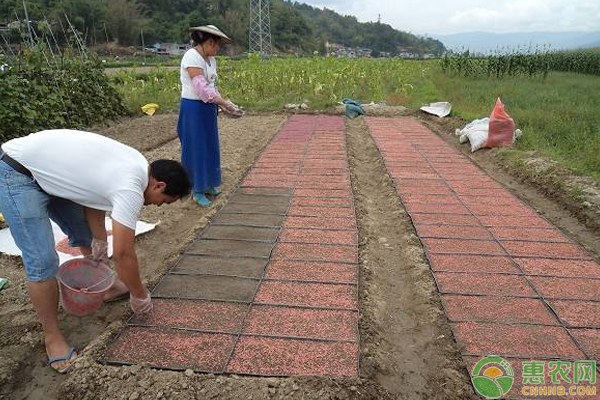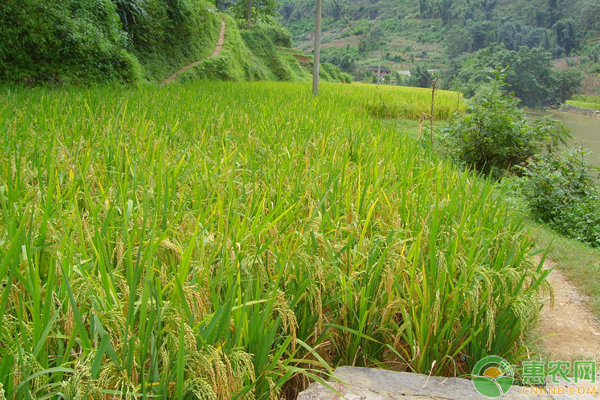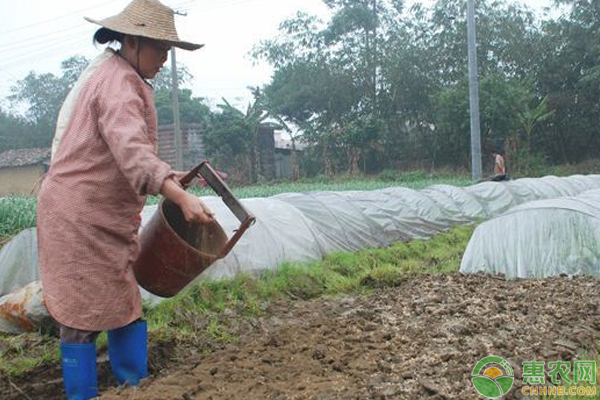Weeding is a necessary process for rice planting, then when is it appropriate? How to get rid of it? I think many farmers are unclear. In fact, weeding is very important. The rational use of herbicides can reduce the phytotoxicity and increase the yield. The following small series talk about the correct use of herbicides.

Many farmers ask Xiaobian, rice seeds are not germinated unevenly, and some rice buds grow very long, and some have not broken their mouths. Is it possible to weed at this time? Can you use the same medicine to block weeds? Follow Xiaobian to see the correct answer.
After weeding is the rice seed sowing, after all the rice seeds have been smashed, it is best to grow the roots of the rice seeds, and then use the safener-containing propidium, bensulfame and propionamide to seal the soil. deal with. This is convenient and works well.
Propionamide is a selective pre-emergence agent that can be absorbed by plant hypocotyls, mesocots and coleoptiles. The roots are slightly absorbed, directly interfering with protein synthesis in weeds, and have an indirect effect on photosynthesis and respiration. The affected weed seedlings are distorted, the primary leaves are difficult to reach out, the leaves turn dark green, and growth stops until death. Rice has a strong ability to decompose propisin, which has certain selectivity, but the resistance of rice bud to propionamide is not strong. The propachlor product used in the direct seeding rice field or the water nursery field is supplemented with a safener, chlorpyrifos, which improves the safety of rice buds and seedlings. This safener acts through the roots of rice and is applied. Rice is required to have roots, and rice roots are generally required to be as long as grains. If the rice seeds are applied without germination, the pretilin will severely inhibit the germination of the rice seeds, which will reduce the seedling rate of rice.
The germination-seeded water-borne rice fields and the dry-seeding rice fields in which the white seeds are sown, after the roots have buds in the rice seeds, the bensulfuric acid-containing acesulfame product with the safener can be used for soil sealing treatment, and applied in the field with more dew seeds. It is also relatively safe.
Dry direct seeding rice field, sowing on the 7th, and watering on the 8th, can we use 40% bensulfuron-propionamide (containing bensulfuron-methyl 4.7%, pretilin 35.3%) to block weeding?

If the white rice seeds are sown in the field, 40% bensulfuron-propionamide can be applied to the soil for pre-emergence seedlings; if the rice seeds are sown, 40% bensulfame-propionamide should be applied after rice germination. Soil sealing treatment is carried out, otherwise it is easy to cause phytotoxicity to rice, but after the germination of rice, weeds are usually unearthed in the field, which does not have the sealing effect. In the dry-field rice fields where the dry seeds are sowed, the soil should be treated with the herbicide, butachlor, pendimethalin (products registered for direct seeding rice fields), and Zhongdingling in time to ensure the soil is closed. Close the weeding effect.
Note: After applying the soil blocking treatment agent, the field can not accumulate water for a long time, otherwise the rice seedlings in the water accumulation will cause phytotoxicity due to the absorption of more drugs.

In the early stage of paddy field, 10% cyhalofop-butyl ester 40 g plus 50% pyrazopyridine dichloroquine (containing pirazosulfuron 3%, quinclorac acid 47%) 10 g spray 0.1 mu of land weeding, the drug is about 1 week away. , the leaves are yellow, is it caused by the application of herbicides?
Cyhalofop-butyl is highly safe for rice, and normal application has no adverse effects on rice. 0.1 mu of land with 10% cyhalofop-butyl ester 40 g, a large amount, but generally does not cause too much adverse effects on rice. Pyrimidine dichloroquine is a compounding agent of pyrazosulfuron-methyl and quinclorac. Pyrexil-dichloroquine containing 3% of pyrazosulfuron-methyl and 47% of quinclorac is used for weeding in direct seeding rice fields. It is recommended to use 30-40 grams per acre, equivalent to 0.9-1.2 of pyrazosulfuron-methyl per mu. Gram, quinclorac acid pure drug 14.1-18.8 grams. 0.1 mu of land with 10% of the above-mentioned 50% pyrimidine-dichloroquine, equivalent to 100 grams per acre, equivalent to 3 grams of pyrazosulfuron-methyl pure drug per acre, 47 grams of pure quinclorac, the drug is large, easy to use Causes phytotoxicity to rice seedlings.
The rice in the applied field has symptoms such as inhibition of growth and yellowing of the leaves. It should be the symptom of pyrazosulfuron-methyl phytotoxicity. The symptoms of quinclorac should be expressed in 15 to 20 days after administration.
Early spraying of the affected rice seedlings, such as Bihu, Qi, B, and phlegm, to promote the rapid recovery of seedlings. Rice seedlings are transplanted early after recovery to reduce the degree of herbicide phytotoxicity. In addition, the seedlings can be planted again to avoid the loss of the seedlings and the inability to recover.
Do not planter the weeding process, if the weeding is unreasonable, it will lead to poor results, and some have serious phytotoxicity. You can look at the correct rice weeding methods above.
Gas Fire-extinguishing Control System
Gas Fire-Extinguishing Control System,Evacuation Alert System,Fire Broadcasting System,Fire Broadcasting Control Panel
LIAONING YINGKOU TIANCHENG FIRE PROTECTION EQUIPMENT CO.,LTD , https://www.tcfiretech.com